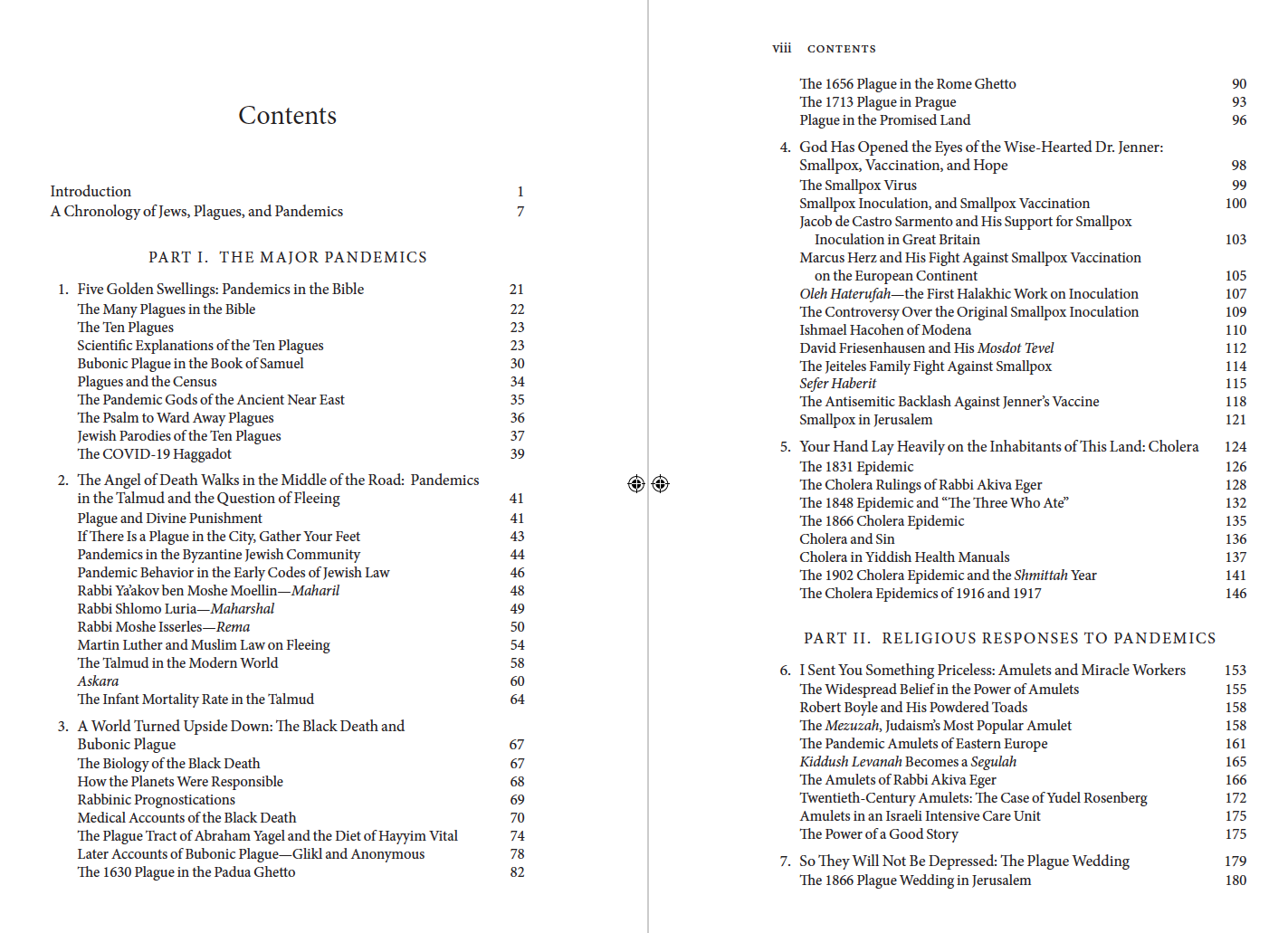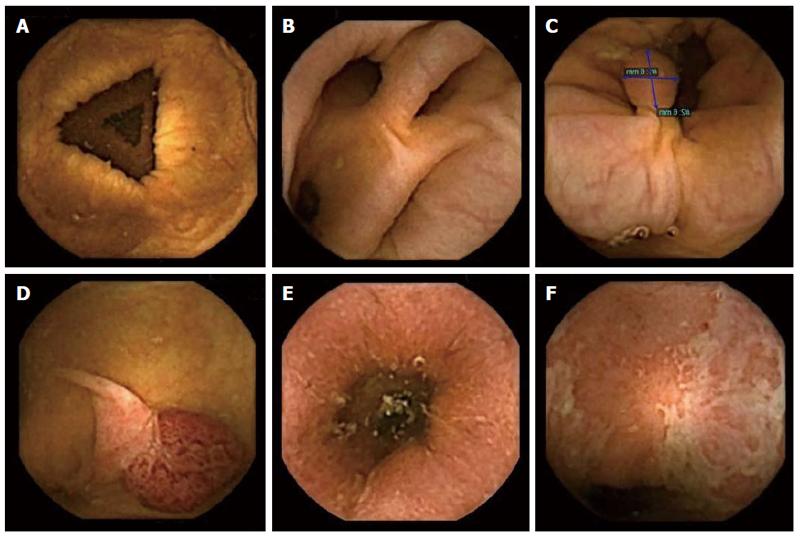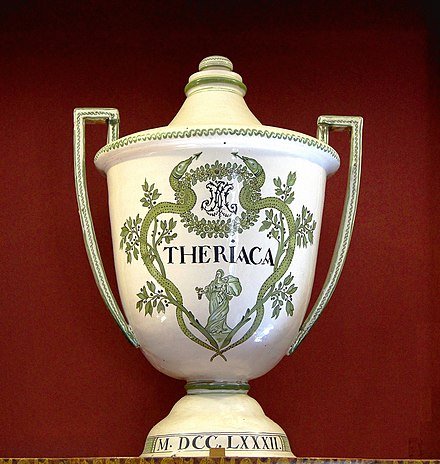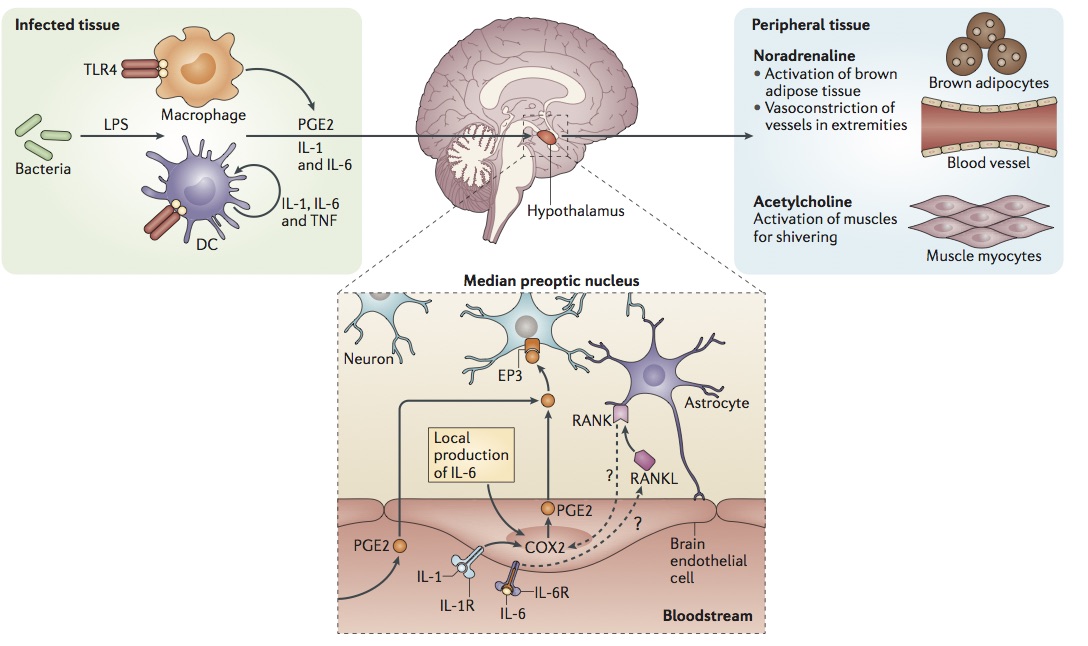Fake Snake oil and Genuine Snake Oil
Over the centuries, theriac was concocted with all manner of different exotic ingredients. But how could the consumer be sure they were getting the real-deal theriac, and not some useless knock-off? Through a poison trial, obviously.
In her fascinating recent book The Poison Trials: Wonder Drugs, Experiment and the Battle for Authenticity in Renaissance Science, Alisha Rankin, a professor of history at Tufts University in Boston describes how theriac and other wonder drugs were tested. Often, a pair of criminals condemned to death would be used. They were given a poison like aconite (which comes from a genus of flowering plants which includes monkshood) and then one of them received the theriac. One such Poison Trial took place in 1524 and was overseen by the physician to Pope Clement VII. Here is Rankin:
Led by the pope’s personal physician Paolo Giovio, the doctors gave both prisoners a good quantity of a deadly aconite called napellus, enough to kill “not merely two men, but one hundred.” As the poison took effect, the prisoners started to gesticulate wildly and cry out from the pain in their hearts. Immediately, Caravitia [a surgeon who had created the antidote and offered it to the pope] anointed one of them with some of the oil, and the man’s heart and pulse quickly returned to normal. The other prisoner, who was given no antidote, died in great agony…
Less than two weeks later, a four-page pamphlet appeared in print, described as a “Testimony of the most true and admirable virtues of a composite oil against plague and all poison, with which an experiment was conducted by distinguished men, at the command of the Supreme Pontiff Pope Clement VII, in the Roman Capitoline edifice.”
Still, these trials did not convince everyone. Galen had written that “there is much trickery practiced about the drug by tricksters.” During the Renaissance period, there was concern that the theriac was inferior or outright fraudulent. The same concerns were raised about another cure-all: unicorn horn, and apothecaries had to go to great lengths to prove to the satisfaction of their customers that the horn came from a genuine unicorn.
But did it work?
It probably goes without saying, but I will say it anyway. There is nothing that we today would count as scientific evidence to suggest that theriac, in any of its recipes, actually worked. The same group of Polish researchers we cited above carefully reconstructed theriac from that the recipe of Paul Guldenius (and you can read their fascinating paper here). They concluded that “only two species included in Theriac can be harmful in humans: poppy and sea squill, but in both cases the calculated quantity of morphine and cardiac glycosides, respectively, were below toxic level.” Well at least that. And here are some more of their observations:
Summing up the results, due to the extreme complexity of the Theriac recipe after theoretical analysis it is easier to say what pharmacological effect the medicine did not have than what it actually had. Historical and phytochemical investigations have consistently shown that – at least in the Early Modern period – the assumptions regarding narcotic or toxic effects of Theriac are not supported by the results. On the other hand, taking into account the compounds one can expect positive results in antioxidant tests or antimicrobial and anti-inflammatory activity. Still, at the moment there is no indication that the famous panacea’s efficacy in the main indications was based on anything more than just a placebo effect.
This too, seems to have been understood by at least one talmudic rabbi. In reply to Rava’s statement that having a fever once every month was “as good as theriac,” his contemporary Rav Nahman bar Yitzchak had this brief retort:
לָא הִיא וְלָא תִּירְיָיקָה
- Give me neither a fever nor theriac!














